
Evolution of a drawing Idea ...
And some "scaraboti"
The second stage of making the final painting were the more refined drawings, and the renowned scaraboti, where with high detail Canaletto was recording scenes that would later compose part of the paintings he was planning to make.
The use of a Camera Obscura for a faster and more proficient recording of details could be possibly found here, but surely not done with the Box-Type Camera Obscura which can be found at the Museo Correr:
but more likely with a Tent-Type Camera Obscura that was available at the time, as we can see in this image:
Very simply put: the Box-Type Camera Obscura flips left/right the image making the reproduction of an architectural subject a very complex process, as we see here:
Let's never forget that painting in Canaletto's case (as in most of the painters of his time) was basically business, and "art products" had to be as commercial as needed.
Canaletto was painting his views because tourists from all over Europe loved them and bought them to take home as a pleasant souvenir to put in their best room.
And, since the most ancient times, the potential customers willing to pay for Art have been:
- The State
- The Roman Church
- Rich Tourists visiting Italy (the Grand Tour), or
- Rich Merchants who wanted to embellish their homes with astounding paintings, or rich customers from Venice too, where ART was so appreciated and cherished in Canaletto's time (and still is!) by those who had money to buy it.
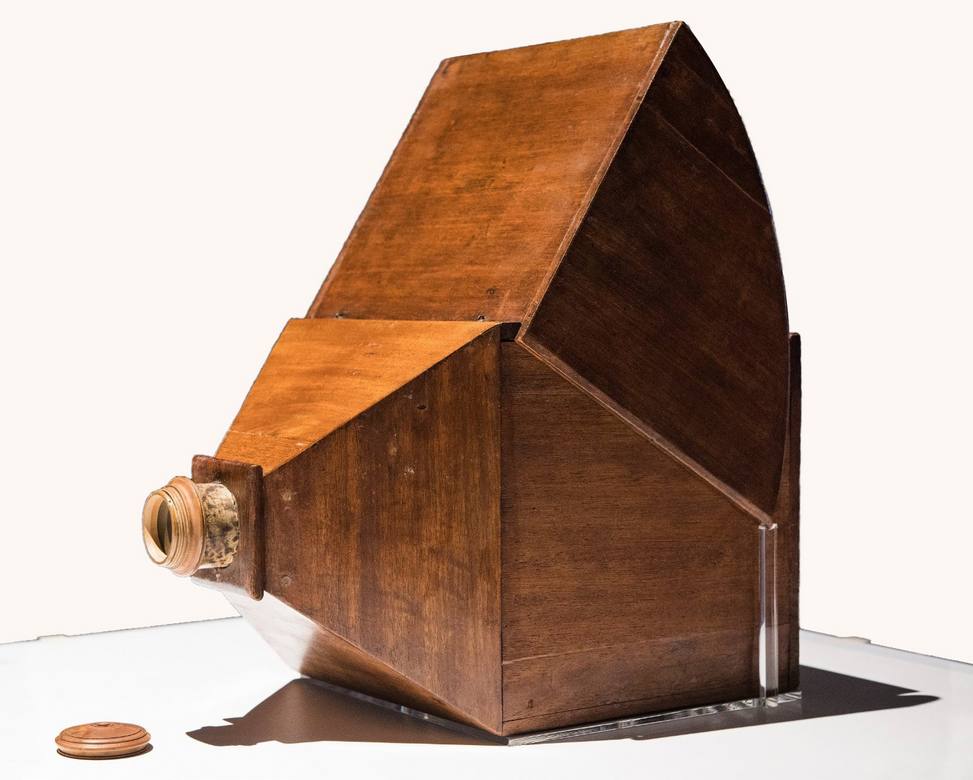

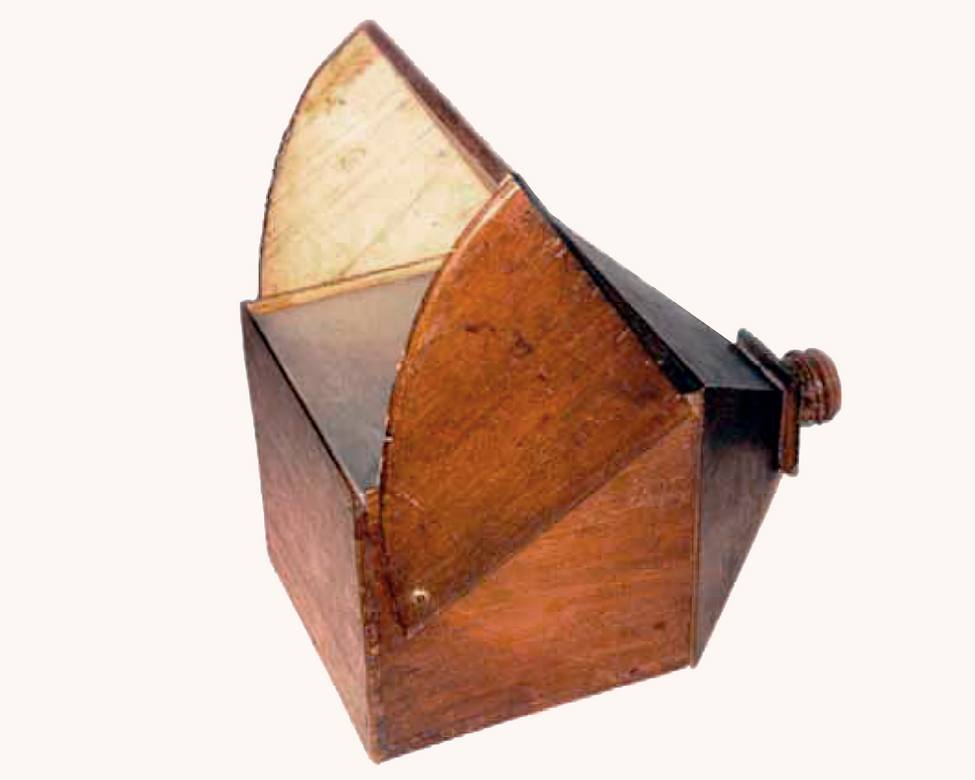
![Gianfrancesco Costa: [1750-56] - Veduta del Canale verso la Chiesa della Mira - Detail of Camera Obscura users - probably 1750-56](../images_db/Gianfrancesco-Costa-1762--x018b-camera-obscura-1750-56_01_det1.jpg)
![Courtesy of Dario Maran: [2012] - View of the Campanile di San Marco from the Museo Correr - from 'Attualità della Geometria Descrittiva', page 161 - Museo Correr, Venezia - left- regular camera / right- what we see on Canaletto's Camera Obscura ground glass](../images_db/Camera-Obscura--x004-dario-maran_161_b-gp.jpg)
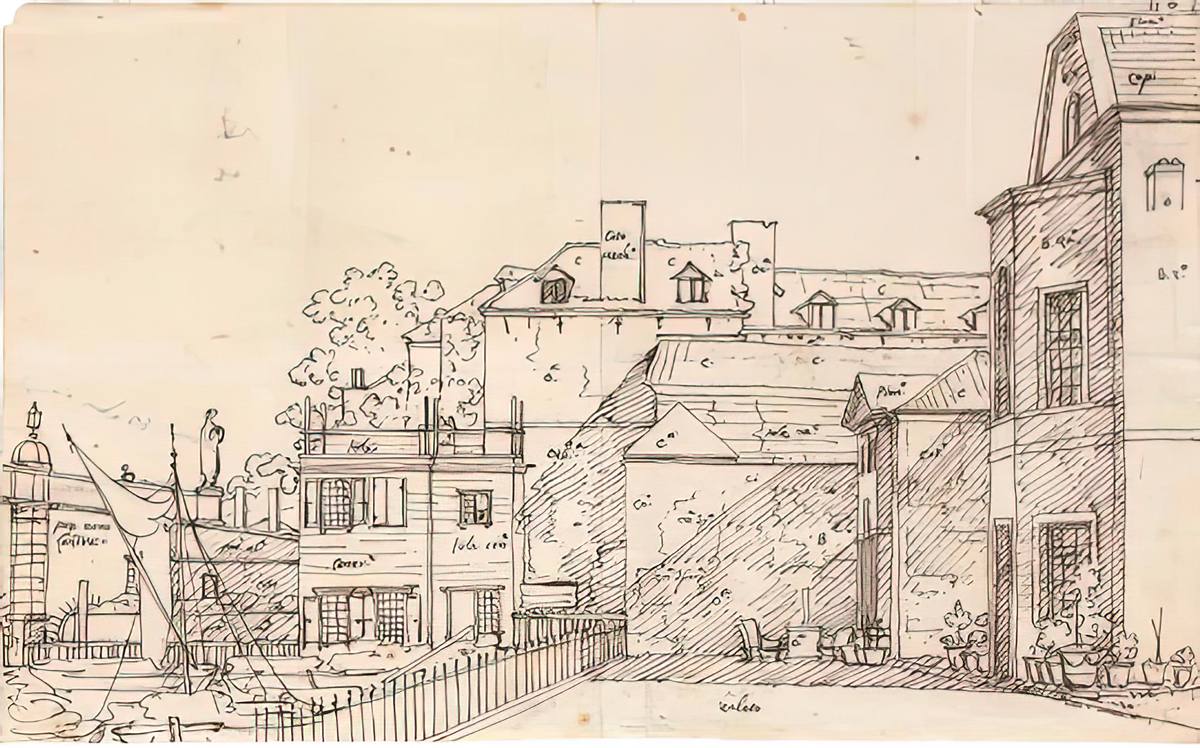
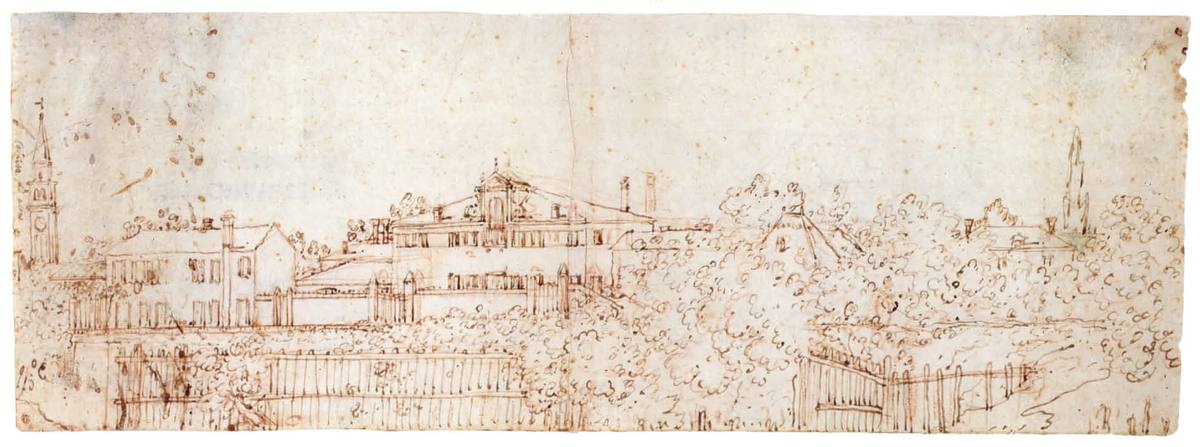
![Canaletto: [ca. 1755-68] - An imaginary composition - a village street leading past a church - Drawing - Pen and ink and wash - Victoria and Albert Museum, London](../images_db/Canaletto_1755-68ca__d214_An-imaginary-composition--a-village-street-leading-past-a-church-VAM-2011ET1854.jpg)
![Canaletto: [ca. 1742] - A capriccio of the Temple of Vespasian in Rome - Drawing - Pen and ink, over free and ruled pencil and pinpointing - Royal Collection Trust, RCIN 907521](../images_db/Canaletto_1742ca__d088_A-capriccio-of-the-Temple-of-Vespasian-in-Rome--RCIN-907521.jpg)
![Canaletto: [ca. 1760-65] - Capriccio with Houses near a Staircase - Drawing - Brown pen and gray brush over preliminary drawing in gray pencil, heightened with a little white - Staatliche Museen zu Berlin](../images_db/Canaletto_1760-65ca__d239_Houses-next-to-a-staircase--Staatliche-Museen-zu-Berlin__958084_2588376.jpg)

![Canaletto: [ca. 1740] - The Campo San Basso - The North Side with the Church - Drawing - Pen and brown ink, over black chalk - The J.Paul Getty Museum, Los Angeles](../images_db/Canaletto_1740ca__d261_The-Campo-San-Basso--The-North-Side-with-the-Church--The-J.Paul-Getty-Museum-13684501.jpg)
![Canaletto: [ca. 1755-60] - Venice - The Molo and Piazzetta - Drawing - Pen and ink, with grey wash, over free and ruled pencil and pinpointing - Royal Collection Trust, RCIN 907435](../images_db/Canaletto_1755-60ca__d051_Venice--The-Molo-and-Piazzetta--RCIN-907435.jpg)
![Canaletto: [ca. 1740-45] - A capriccio with Roman ruins - Drawing - Pen and ink, over traces of pencil - Royal Collection Trust, RCIN 907527](../images_db/Canaletto_1740-45ca__d011_A-capriccio-with-Roman-ruins--RCIN-907527.jpg)

![Canaletto: [1760] - A Venetian Courtyard, in the Procuratie Nuove - Drawing - Pen and brown ink with gray wash over traces of graphite on laid paper - National Gallery of Art, Washington, DC](../images_db/Canaletto_1760__d154_A-Venetian-Courtyard-in-the-Procuratie-Nuove_1990.21.1.jpg)
![Canaletto: [ca. 1740-45] - A capriccio with a tomb and classical ruins - Drawing - Pen and ink, over free and ruled pencil - Royal Collection Trust, RCIN 907526](../images_db/Canaletto_1740-45ca__d072_A-capriccio-with-a-tomb-and-classical-ruins--RCIN-907526.jpg)

![Canaletto: [ca. 1730] - The Grand Canal (Quaderno Cagnola, 16 recto) - Drawing - Pencil, pen and ink - Gallerie dell'Accademia di Venezia](../images_db/Canaletto_1730ca__d266_The-Grand-Canal-(Quaderno-Cagnola,-16-recto)-Gallerie-dell'Accademia-di-Venezia-Sk006.jpg)
![Canaletto: [ca. 1740] - A View of Roofs - Drawing - Brown ink over red chalk on cream antique laid paper - Harvard Art Museums](../images_db/Canaletto_1740ca__d253_A-View-of-Roofs-20678535-gp1.jpg)
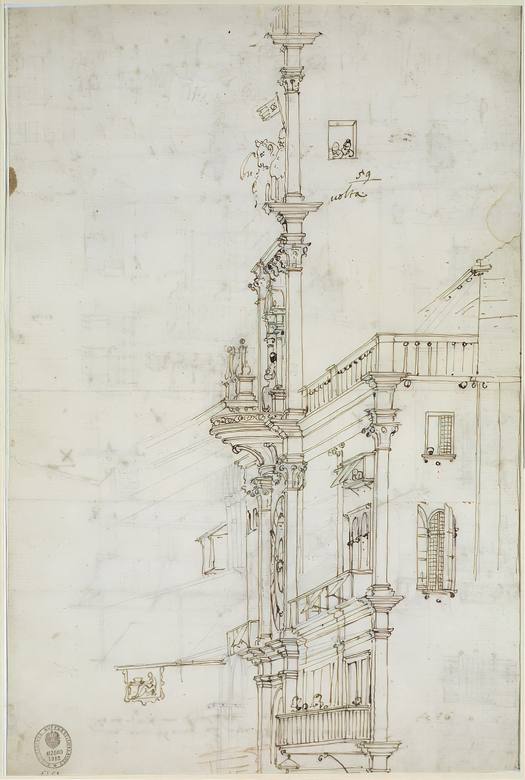
![Canaletto: [1729] - Venice - The Molo and Riva degli Schiavoni, looking east - Drawing - Pen and ink, over free and a little ruled pencil - Royal Collection Trust, RCIN 907452](../images_db/Canaletto_1729__d015_Venice--The-Molo-and-Riva-degli-Schiavoni-looking-east--RCIN-907452.jpg)
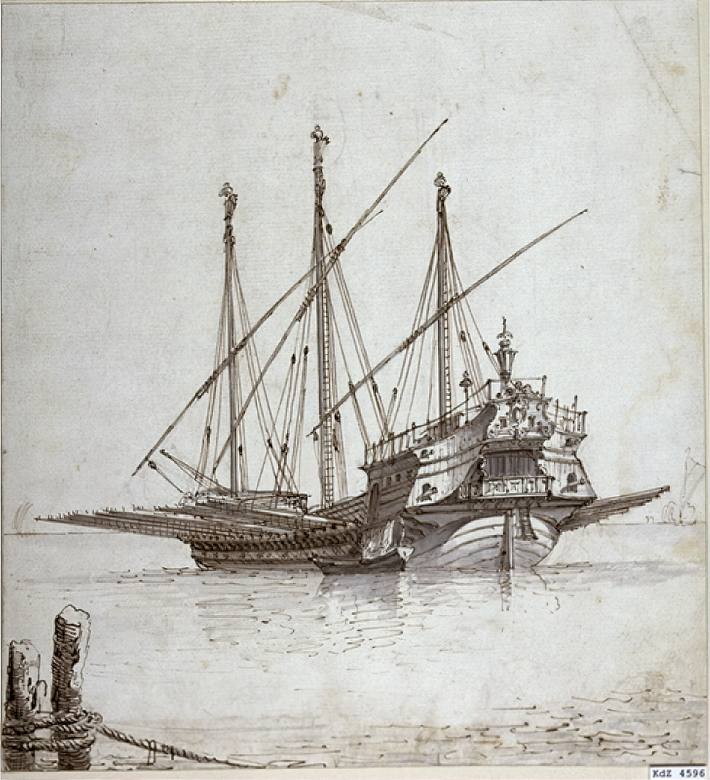
--Staatliche-Museen-zu-Berlin-bild_046-a-gp.jpg)
![Canaletto: [ca. 1735] - Venice - An altar in the north transept of San Marco - Drawing - Pen and ink, over ruled and free pencil - Royal Collection Trust, RCIN 907431](../images_db/Canaletto_1735ca__d066_Venice--An-altar-in-the-north-transept-of-San-Marco--RCIN-907431.jpg)


![Canaletto: [ca. 1735-40] - Houses at Campo di San Basso - Drawing - Pen and brown over preliminary drawing in gray pencil, a little red chalk on paper - Staatliche Museen zu Berlin](../images_db/Canaletto_1735-40ca__d242_Houses-at-Campo-di-San-Basso--Staatliche-Museen-zu-Berlin--957544_4947843.jpg)
![Canaletto: [1720-30] - Capriccio with a Roman Triumphal Arch - Drawing - Pen and brown ink, brush and gray wash, over traces of leadpoint or graphite - Metropolitan Museum of Art, New York](../images_db/Canaletto_1720-30__d142_Capriccio-with-a-Roman-Triumphal-Arch--MET-35907dr.jpg)
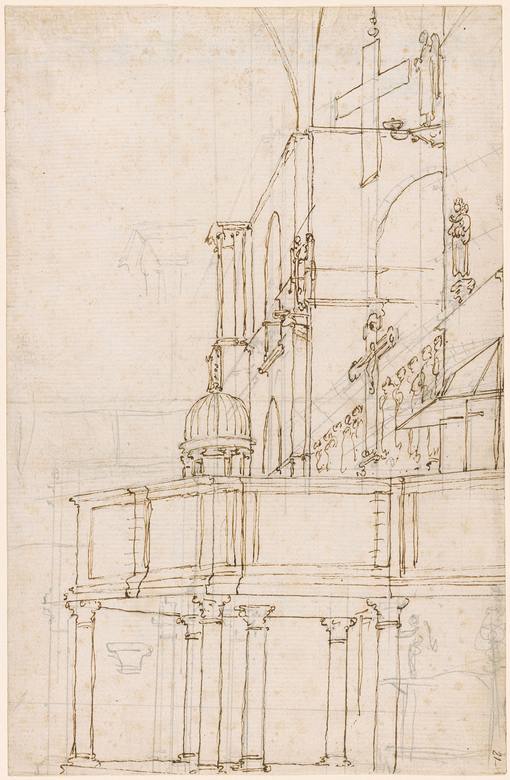
![Canaletto: [ca. 1740-42] - Dolo - Palazzo Tron - Drawing - Pen and ink, over free and ruled pencil - Royal Collection Trust, RCIN 907552](../images_db/Canaletto_1740-42ca__d133_Dolo--Palazzo-Tron--RCIN-907552.jpg)
![Canaletto: [1732] - Piazza San Marco - Drawing - Kuperfstik Kabinet, Darmstadt](../images_db/Canaletto_1732__d267_Piazza-San-Marco--sketch1-gp2.jpg)
![Canaletto: [1729] - Venice - The Bacino di San Marco on Ascension Day - Drawing - Pen and ink, over a little free and ruled pencil - Royal Collection Trust, RCIN 907451](../images_db/Canaletto_1729__d099_Venice--The-Bacino-di-San-Marco-on-Ascension-Day--RCIN-907451.jpg)

![Canaletto: [1729] - Venice - The Piazzetta looking south - Drawing - Pen and ink - Royal Collection Trust, RCIN 907441](../images_db/Canaletto_1729__d014_Venice--The-Piazzetta-looking-south--RCIN-907441.jpg)
![Canaletto: [1756-68] - Venetian view with San Nicolò dei Tolentini - Drawing - Brown pen and gray brush over preliminary drawing in gray pencil - Staatliche Museen zu Berlin](../images_db/Canaletto_1756-68__d247_Venetian-view-with-San-Nicolo'-dei-Tolentini--Staatliche-Museen-zu-Berlin__935165_4930877.jpg)
![Canaletto: [ca. 1760-68] - Capriccio with S. Giorgio Maggiore and a Baroque steeple - Drawing - Pen and brown ink and grey wash, over black chalk - British Museum, London](../images_db/Canaletto_1760-68ca__d188_Capriccio-with-S.-Giorgio-Maggiore-and-a-Baroque-steeple--British-Museum-120947001.jpg)